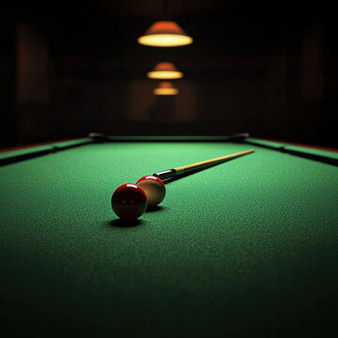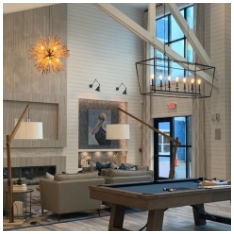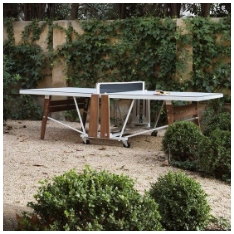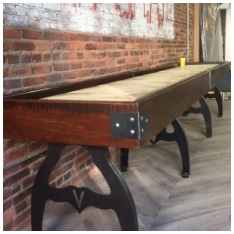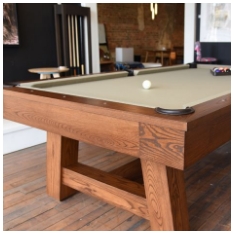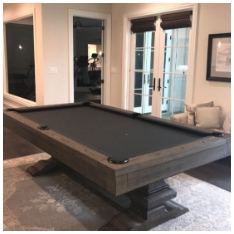When players step up to a pool table, the cue in their hands often determines the outcome of the game. A cue is more than just a stick; it is the connection between the player’s skill and the ball’s movement. Understanding what makes a pool cue good helps both beginners and experienced players choose equipment that improves accuracy, control, and confidence.
we will break down the essential factors that define a high-quality cue, from materials and design to balance, tip selection, and maintenance. Whether you play casually or competitively, knowing what contributes to a good cue can make a significant difference in your performance.
What Makes a Pool Cue Good?
A good pool cue balances comfort, precision, and durability. It should feel natural in the player’s hands while enhancing consistency in every shot. The quality of a cue depends on several components, including its weight, balance, shaft construction, ferrule, tip, and joint design. Each detail plays a role in delivering smooth strokes and accurate ball control.
The Importance of Cue Materials
The type of material used in a pool cue directly affects how it performs. High-quality cues are typically made of hard rock maple, though alternative materials such as carbon fiber and exotic hardwoods are also available.
Maple Cues
Maple is the most common wood for cue shafts. Its strength and smooth grain provide a consistent hit and long-lasting performance. Players appreciate its balance of durability and feel.
Carbon Fiber Cues
Carbon fiber shafts are gaining popularity for their low deflection properties. These cues provide precision and minimize errors caused by spin. They also resist warping, making them reliable over time.
Exotic Woods
Cues with exotic woods like ebony, cocobolo, or rosewood are often found in premium models. These add visual appeal and may slightly influence balance and weight.
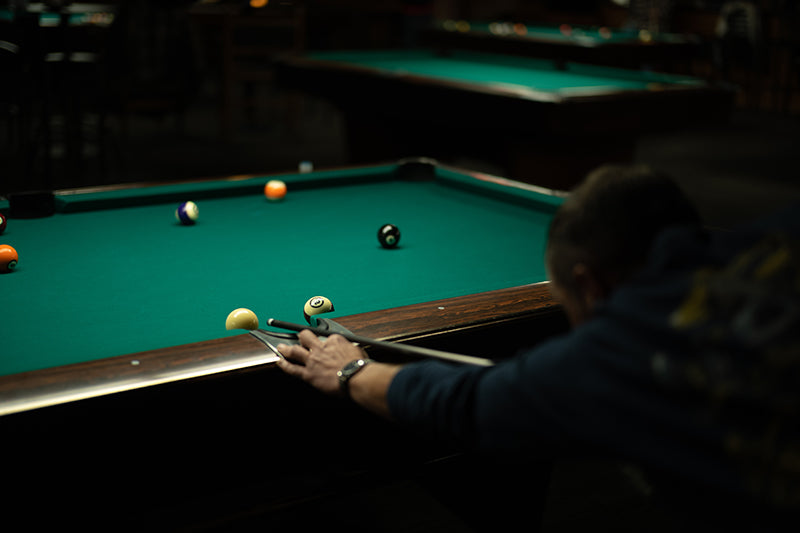
Cue Weight and Balance
When asking what makes a pool cue good, weight and balance are often at the top of the list.
Weight Considerations
Most cues range from 18 to 21 ounces. Lighter cues allow quicker strokes and more finesse, while heavier cues provide extra power for breaking or long shots. Choosing the right weight depends on your playing style.
Balance Point
A good cue should feel stable in your hands. The balance point, usually around 18–19 inches from the butt, determines how the cue feels during play. A properly balanced cue reduces fatigue and increases control.
Shaft Design and Taper
The shaft is where precision comes into play. A good pool cue shaft must offer smooth movement while reducing deflection.
Pro Taper
Pro taper shafts remain consistent in diameter over a longer length, giving players more comfort and allowing consistent bridge placement.
European Taper
European taper shafts gradually increase in thickness, providing a stiffer feel. This style suits players who prefer solid feedback.
Cue Tip Quality
The tip is the only part of the cue that contacts the ball, making it a crucial factor in determining what makes a pool cue good.
Soft Tips
Soft tips grip the cue ball more effectively, generating better spin and control. However, they wear out faster and require frequent maintenance.
Medium Tips
Medium tips balance durability and performance. Many players prefer them because they provide good spin without losing too much lifespan.
Hard Tips
Hard tips last longer and provide a solid hit, but they may offer less spin. They are common in breaking cues.
The Joint and Connection
The joint connects the shaft to the butt of the cue. Its design influences how energy transfers from the stroke to the cue ball.
Metal Joints
Metal joints add durability and provide a solid, crisp hit. Stainless steel joints are popular among competitive players.
Wood-to-Wood Joints
Wood joints create a softer, more natural feel. They are often found in cues designed for players who prefer smooth feedback.
Aesthetic Design vs. Performance
While looks don’t determine what makes a pool cue good, many players value craftsmanship. Inlays, exotic woods, and custom finishes add uniqueness. However, design should never outweigh function—performance always comes first.
Price vs. Quality
A higher price doesn’t always mean a better cue, but quality cues are rarely cheap. Beginners may start with affordable models, while advanced players often invest in cues with low-deflection shafts, premium tips, and custom balance.
Maintenance and Longevity
Even the best pool cue requires care. A well-maintained cue performs consistently and lasts for years.
Cleaning the Shaft
Wiping the shaft regularly prevents buildup and maintains smooth strokes.
Protecting from Warping
Store cues in a case and avoid extreme temperatures to prevent warping.
Replacing Tips
Regularly inspect and replace worn tips to keep control and spin accurate.
Final Thoughts
A good pool cue is defined by a combination of factors: balanced weight, high-quality materials, precise shaft design, reliable tips, and proper maintenance. Understanding these elements helps players select a cue that matches their style, skill level, and goals.
Ultimately, the best cue is the one that feels right in your hands while enhancing your game. By focusing on construction, comfort, and performance, you’ll know exactly what makes a pool cue good and how to find the one that fits your needs.
